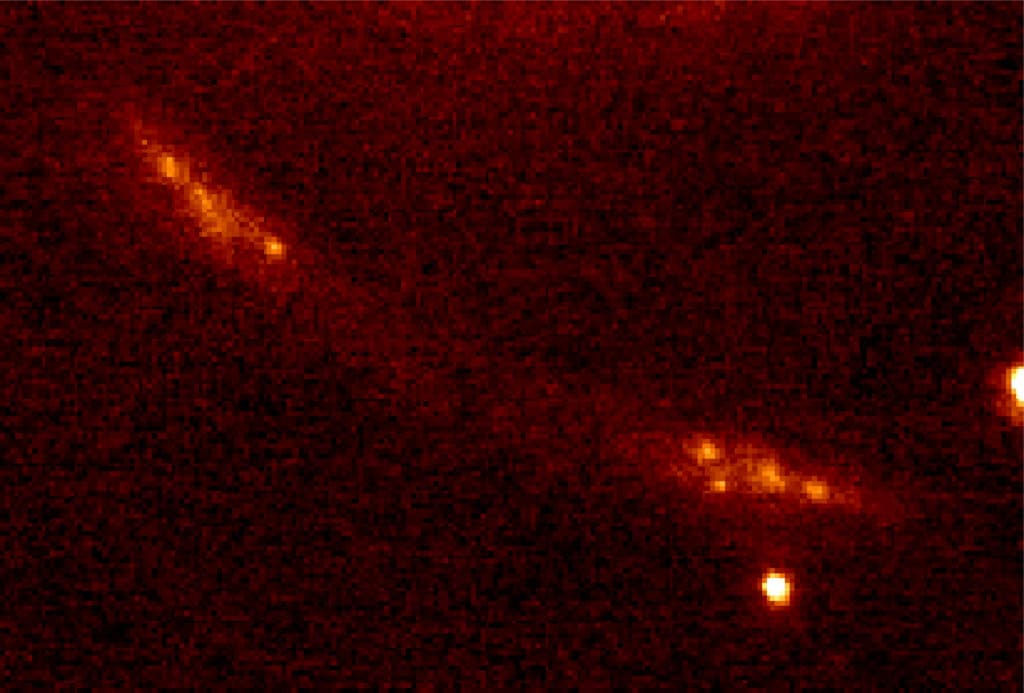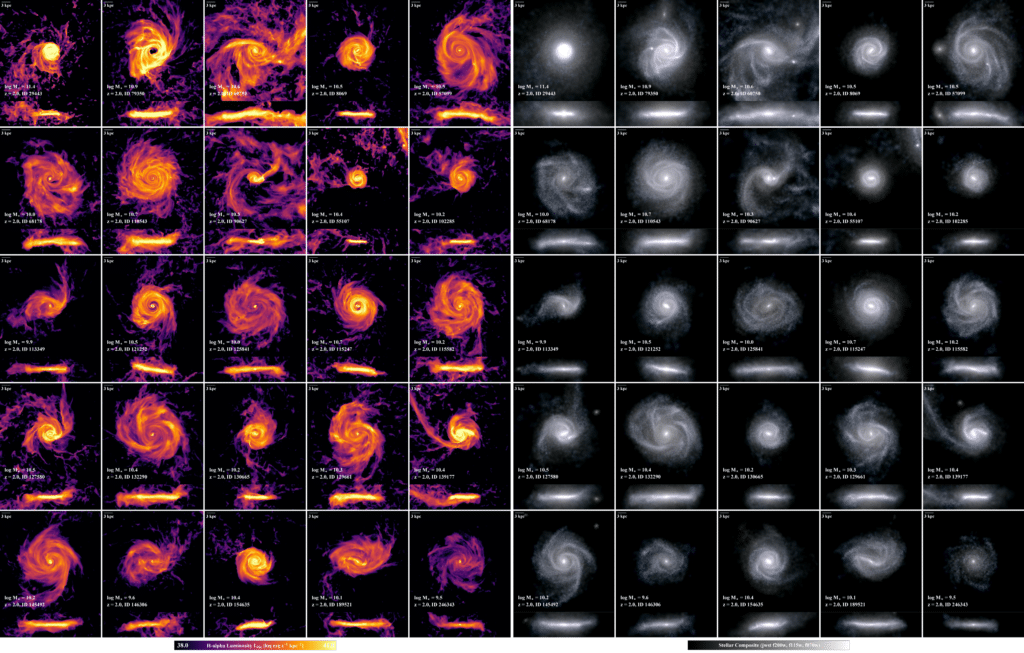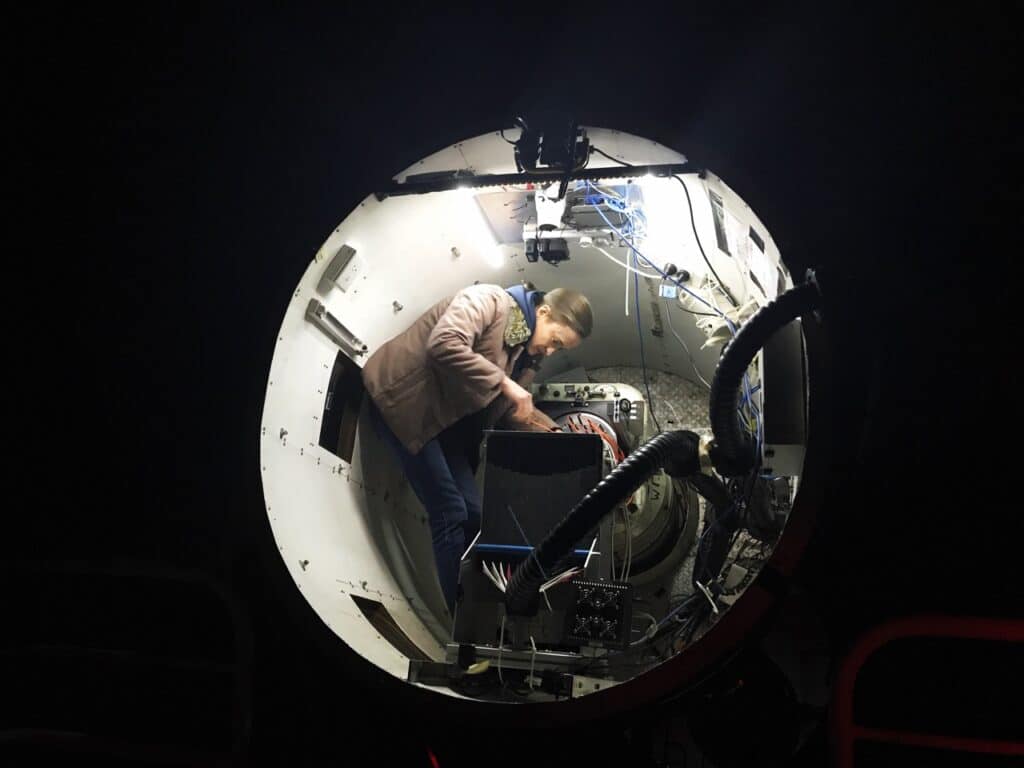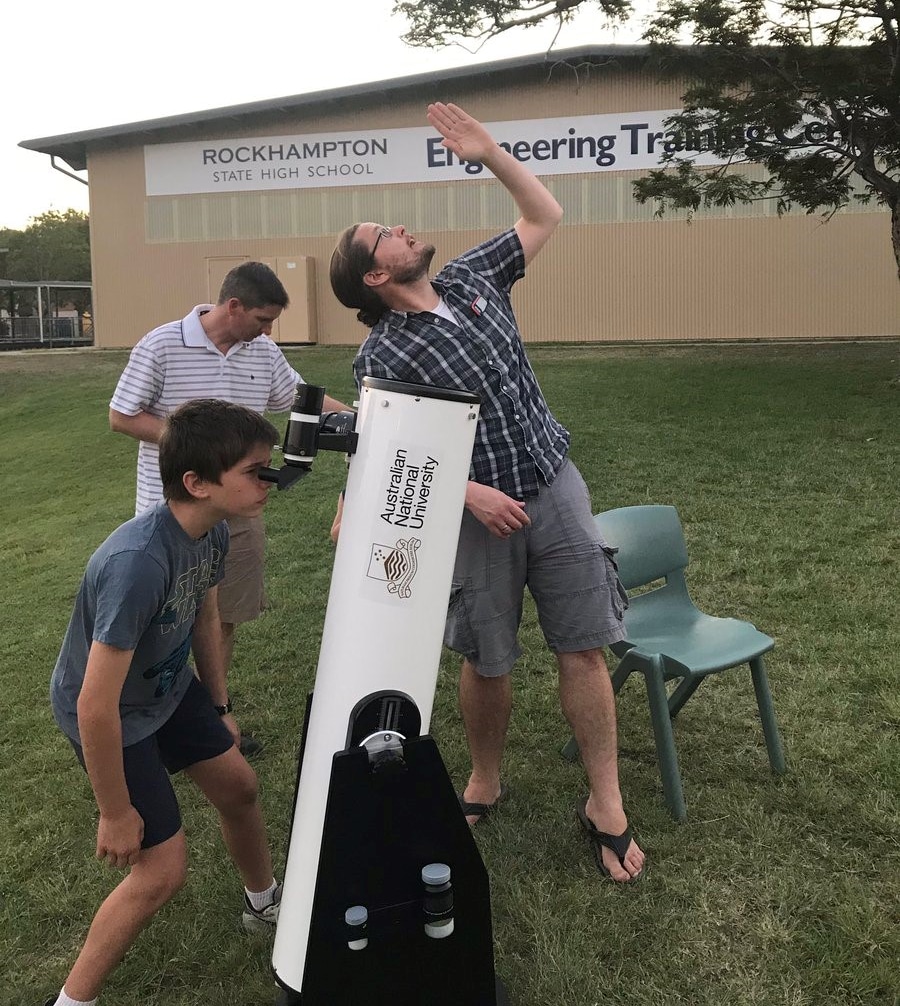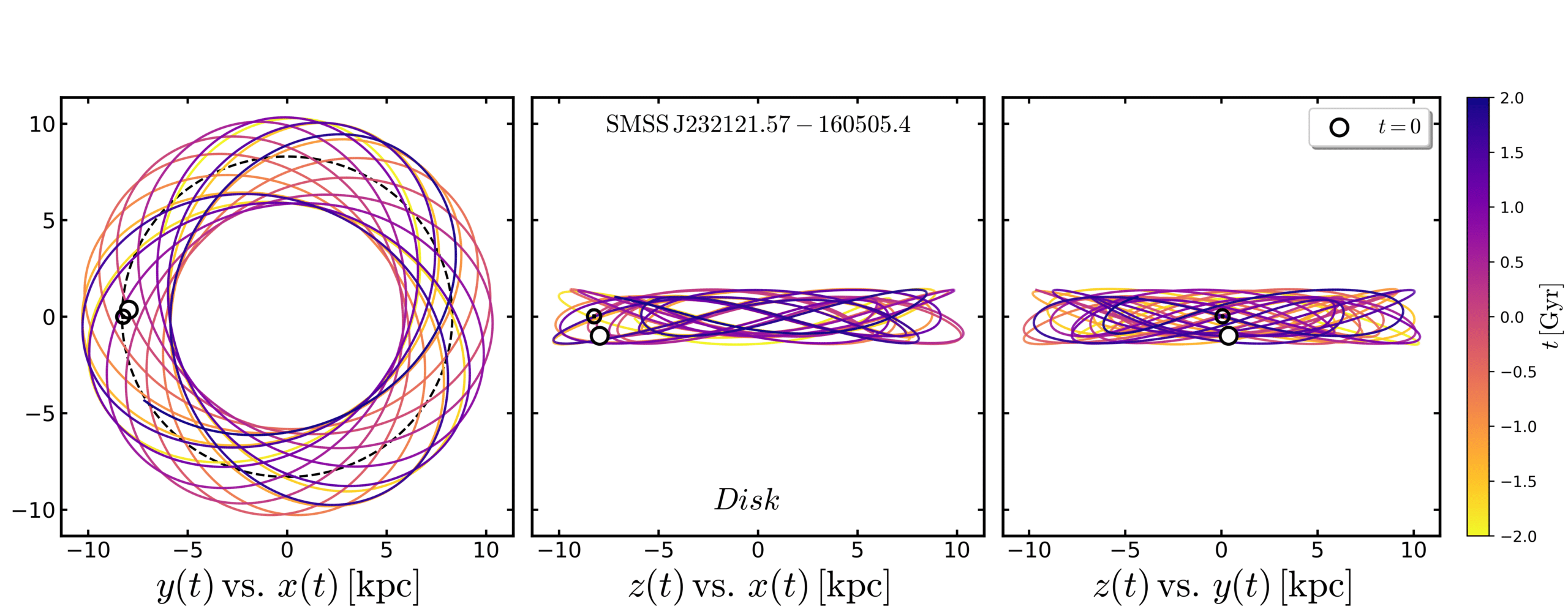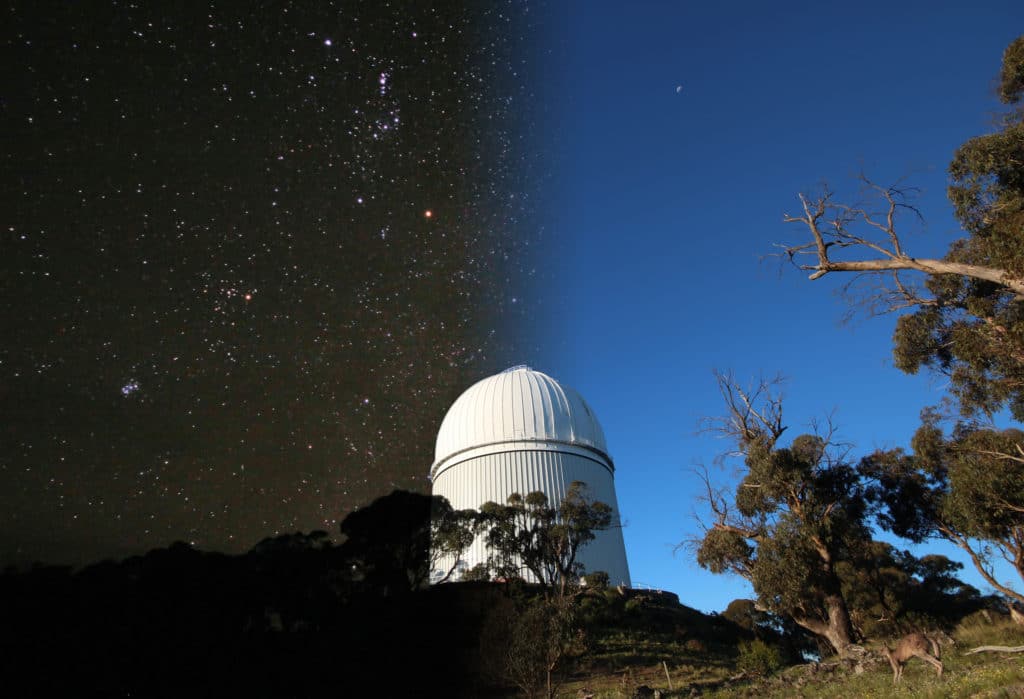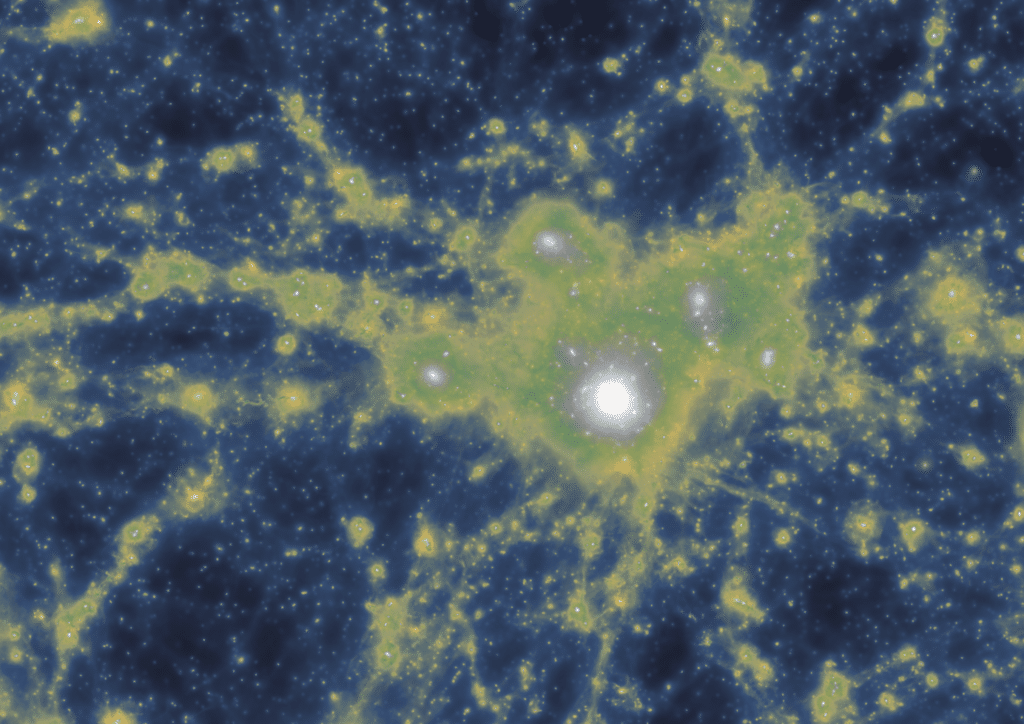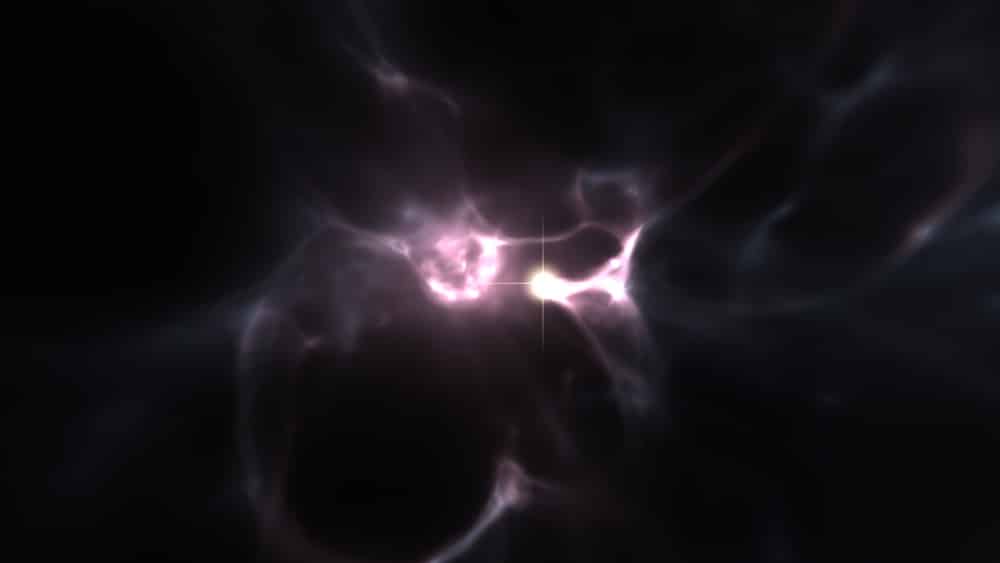‘Magneto-rotational hypernova’ soon after the Big Bang fuelled high levels of uranium, zinc in ancient stellar oddity
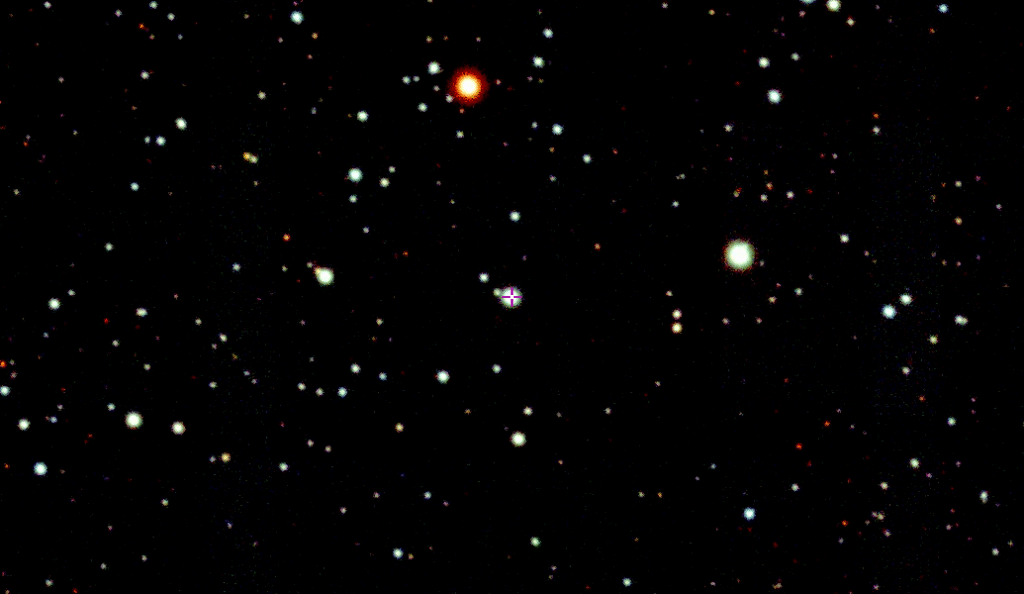
A massive explosion from a previously unknown source – 10 times more energetic than a supernova – could be the answer to a 13-billion-year-old Milky Way mystery.
Astronomers led by David Yong, Gary Da Costa and Chiaki Kobayashi from Australia’s ARC Centre of Excellence in All Sky Astrophysics in 3 Dimensions (ASTRO 3D) based at the Australian National University (ANU) have potentially discovered the first evidence of the destruction of a collapsed rapidly spinning star – a phenomenon they describe as a “magneto-rotational hypernova”.
Continue reading New type of massive explosion explains mystery star


